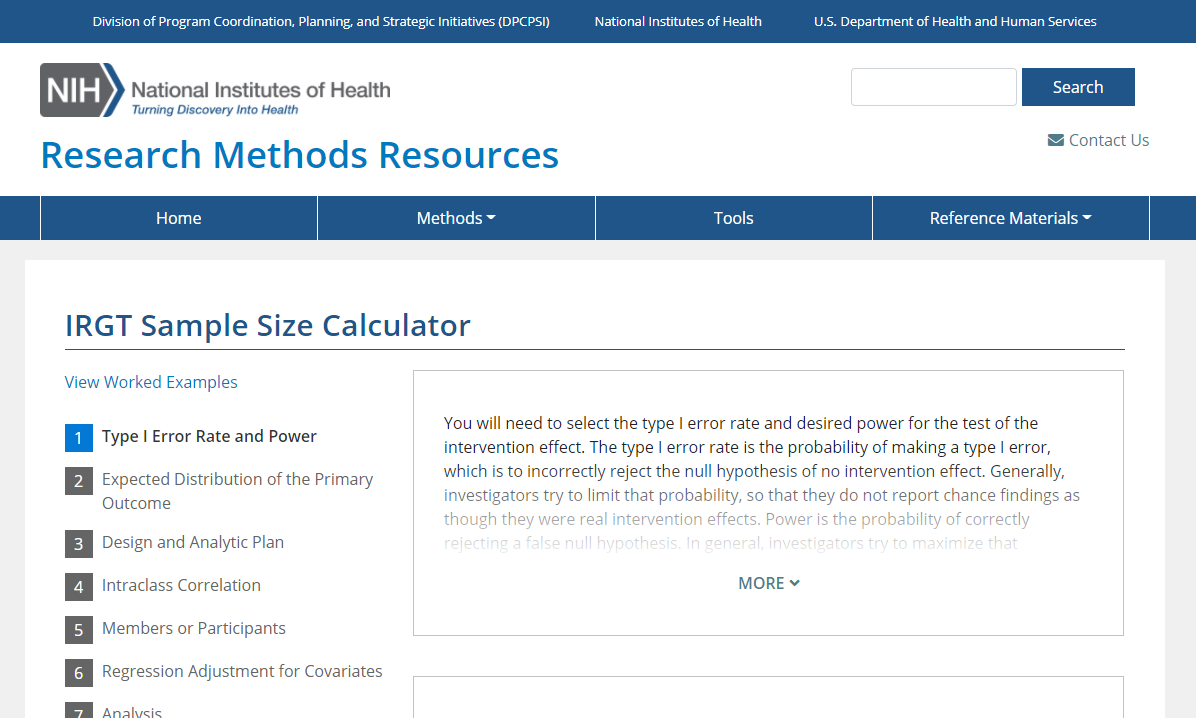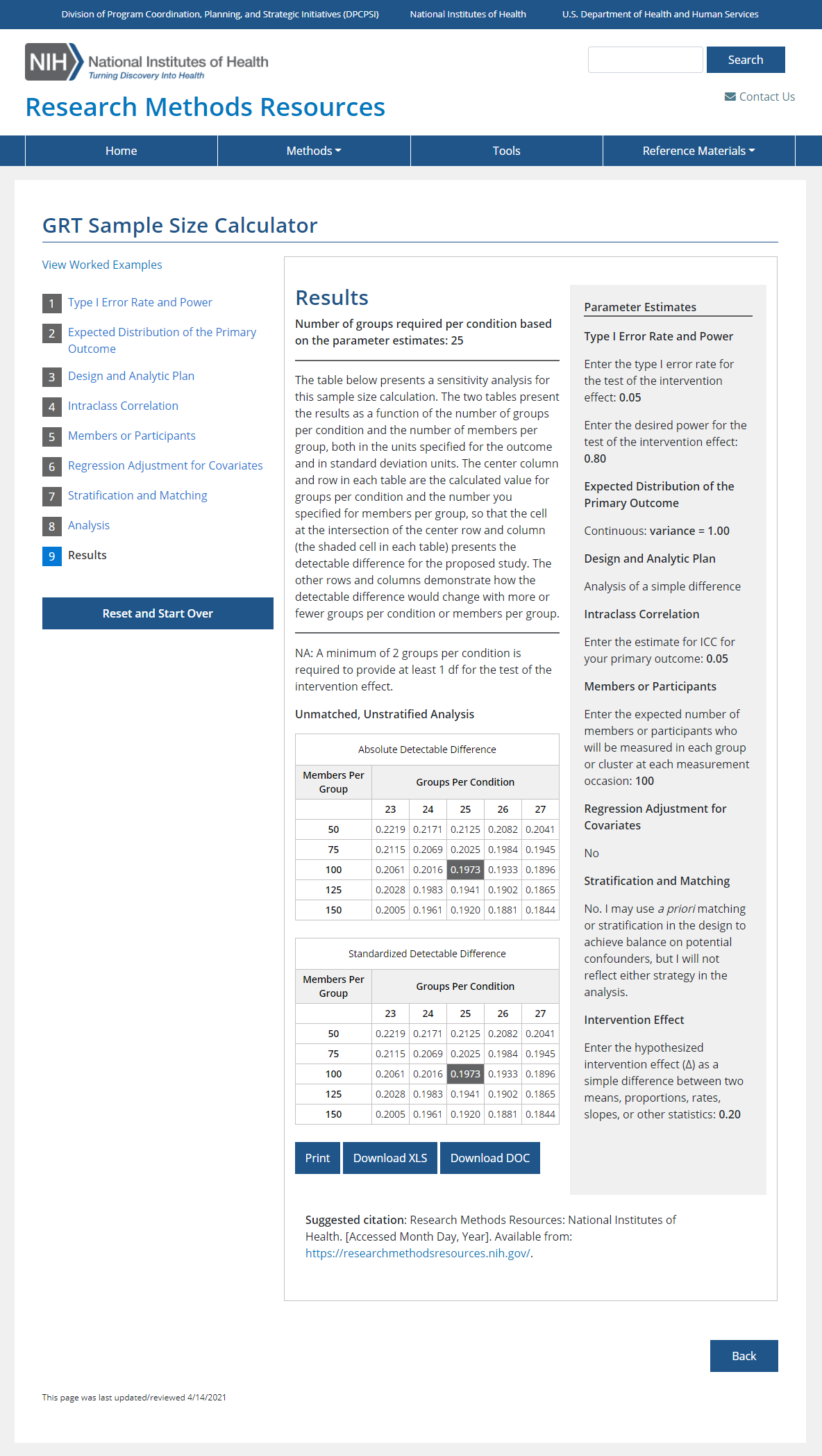1 Comments

Director, Office of Disease Prevention
We have embarked on a series of initiatives at NIH in recent years to enhance the quality, efficiency, accountability, and transparency of our supported clinical research. While we are all making great progress, our concerns about clinical trials that are overly complex, have small sample sizes, or rely on surrogate end points that lack clinical relevance remain. One resource to help address these concerns is the NIH Research Methods Resources website that NIH’s Office of Disease Prevention (ODP) launched in 2017. Since the site was recently revamped, we wanted to spotlight the new available tools and resources that can help you better plan the design, conduct, and analysis of rigorous NIH-defined clinical trials.
The site focuses on trials that randomize and/or deliver interventions to groups or clusters. Though these trials are becoming more common in biomedical research, they can be misunderstood. Too often, their analytic plans may be inappropriate and have inadequate power due to small sample sizes. To have a strong and rigorous study, researchers should provide sufficient information on the selected methodology, statistical analysis, and sample size when proposing a trial.
The updated site has a cleaner layout and search function. Notably, it has a new sample size calculator specific to individually randomized group-treatment (IRGT) trials (Figure 1). This new resource makes it easier for researchers who employ this trial design to strengthen their sample size and statistical analysis plans.

Inspired by a similar calculator for group-or cluster-randomized trials previously available (Figure 2), the new IRGT sample size calculator can assist with cohort and cross-sectional designs. Tutorials are available for each aspect of the sample size calculation and results can be downloaded to work offline. Examples also illustrate what formulas the sample size calculators use to arrive at the results.

We also strived to improve the general user experience through the redesigned look and feel referenced earlier. New buttons, for instance, were added to make it easier to find FAQs and launch the sample size calculators. Hyperlinked text will also now take users to the exact listing on the main References page, where new filter functions and all the citations used across the site can be found. Finally, the webinars, relevant CONSORT statements, and key references remain from the original site.
Want more? We invite you to register for the Methods: Mind the Gap webinar on June 29, 2021 about the redesigned Research Methods Resources site as well as the appropriate use, design, and analysis of IRGTs.
We still have more planned for the site, such as assistance with stepped wedge designs expected later this year. Once available, this sample size calculator will help investigators design these types of trials based on current recommendations.
We encourage you to check out the site today and let us know your feedback. It is our hope that by referring to the site early and often when developing your statistical methods, we can all continue promoting innovative and rigorous designs and proper stewardship of our supported clinical trials.



Thanks for this, David! Very helpful.